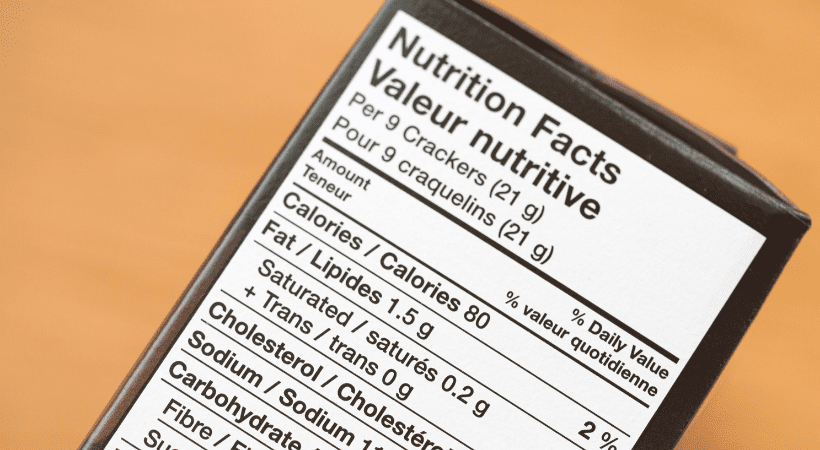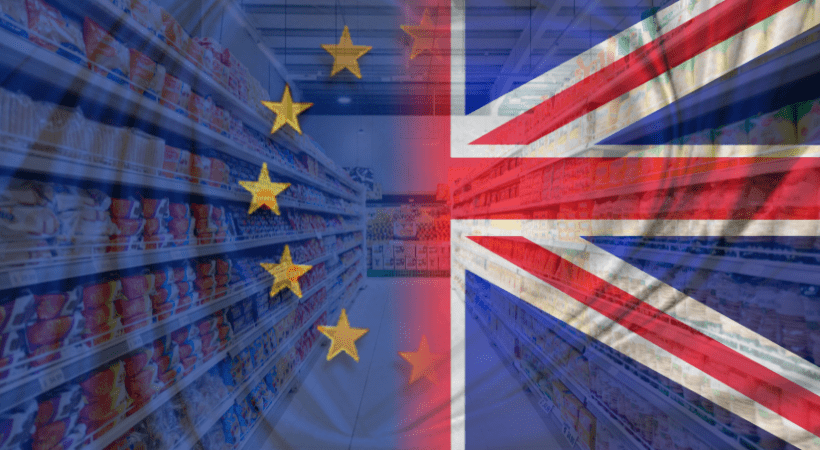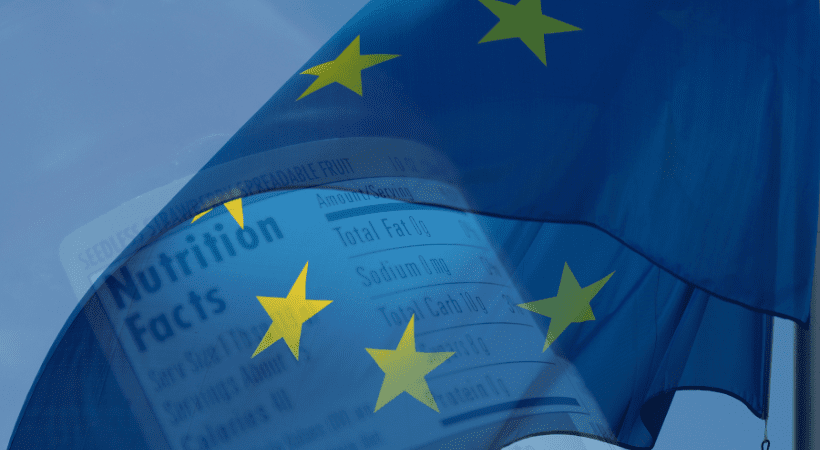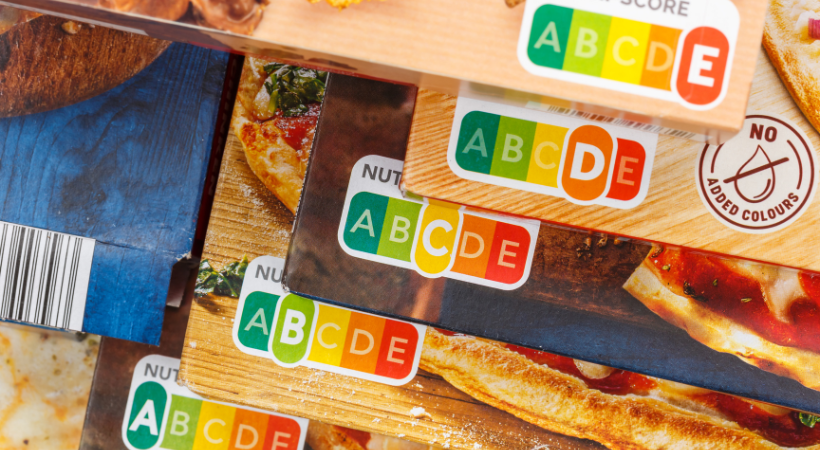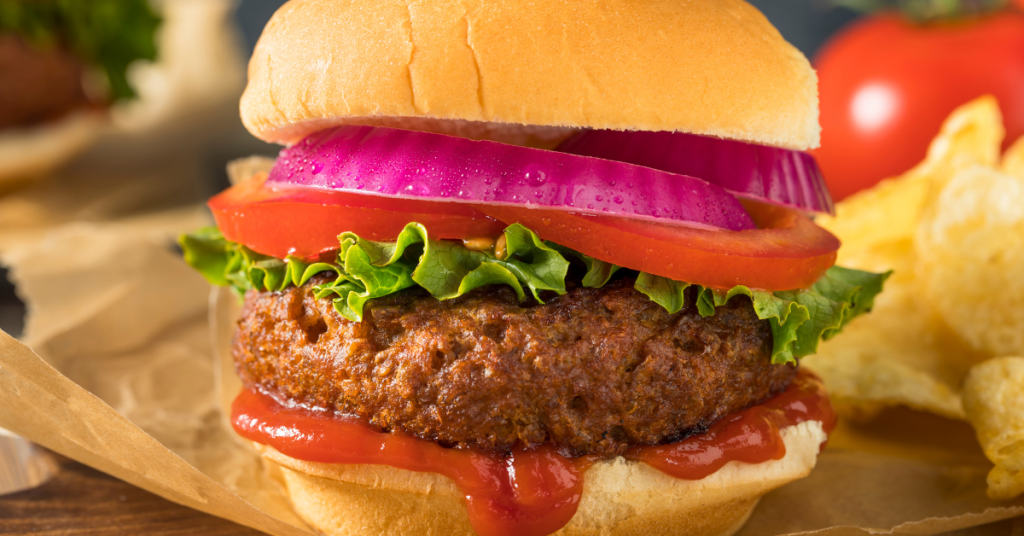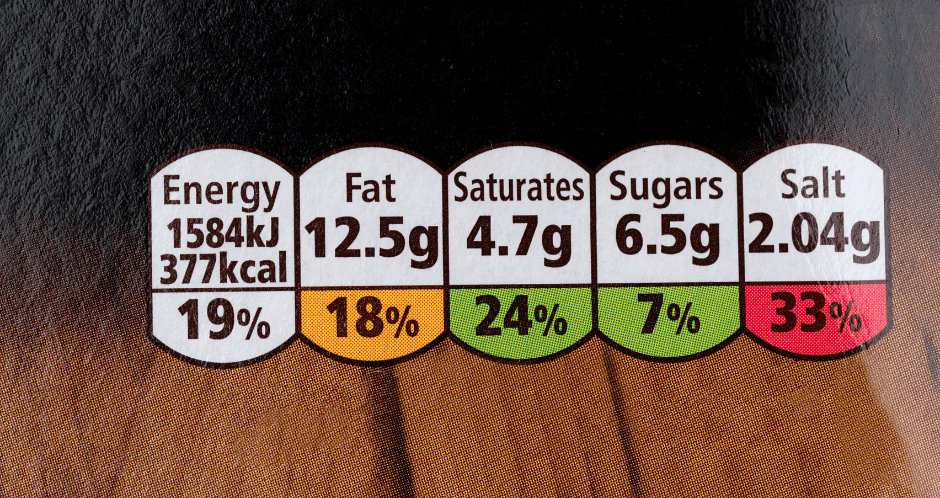Product Labelling
Redefining Healthy: What the FDA’s New Rules Mean for Food Labels and Nutrition Claims
On 19th December 2024, the Food and Drug Administration (FDA) issued the final rule for the new definition of “healthy” when used in voluntary claims in food labelling. This is an update to a 30-year-old definition and aligns it to current scientific agreement around nutrition standards. It also aligns the concept of ‘healthy’ with the…
Read MoreUnpacking the Chaos: How EU and UK Food Labelling Complexity Impacts Consumers and Businesses
Food labelling is meant to guide us – helping consumers make informed ethical, dietary and environmental choices while enabling food businesses to comply with regulations. But in the EU and UK, the sheer complexity of labelling requirements, driven by overlapping rules and added information, has made labels confusing for all. In this blog, Rebecca Kaya…
Read MoreWhat is the latest progress on ‘Not for EU’ Food Labelling in GB?
‘Not for EU’ must appear on the labelling of certain foods moved from England, Scotland or Wales (GB) to be sold in Northern Ireland (NI) under the Northern Ireland Retailer Movement Scheme (NIRMS). Currently, the labelling is required only for goods moving into NI from GB by the EU (not UK) Regulation – 2023/1231 –…
Read MoreNutri-Score Food Labelling: How & When to use it
Unless exempt, all pre-packaged food must display a label with nutritional information, including energy value and the amounts of fat, saturates, carbohydrates, sugars, protein and salt. This allows shoppers to make informed food choices. However, consumers don’t always have time to scrutinise and compare the nutritional information of every product they buy. As a result,…
Read More‘Use By’ & ‘Best Before’: Food Date Label Requirements Explained
Referred to as ‘durability indications’, ‘use by’ or ‘best before’ dates are legally required to be displayed on most food and beverage product labels and are a crucial aspect of food labelling compliance. As a food business, it’s important that you are aware of the rules and how to apply these on your products in…
Read MoreCountry of Origin Labelling (CoOL) Explained
Country of origin labelling is an essential aspect of food labelling compliance often referred to as ‘CoOL’. With international trade evolving rapidly and consumers becoming more discerning in their choices, food business operators need to understand how to correctly apply CoOL to their products to remain compliant. In this article, we explore the intricacies of…
Read MoreBeyond the Label: Understanding Pet Food Jargon
Our pets are valued members of the family, with research suggesting that over two-thirds of us are willing to spend more on our pets than we do on ourselves, whether that’s on luxury beds, toys, treats or food. But while consumers are eager to spend more on their pets, millions of pet owners have no…
Read MoreVegan Labelling Requirements: How to Label Vegan Food Packaging
Whether it’s just a preference for what milk people like in their coffee or a conscious lifestyle choice, veganism is growing in popularity and continues to push the demand for plant-based foods. Unlike allergens or food additives which must be clearly labelled to follow UK food labelling regulations, the rules around vegan labelling are less…
Read More‘Not for EU’ Labelling Explained
The recent ‘Not for EU’ labelling seen on products sold in the UK is causing quite a stir for both industry and consumers. While there is currently no enforced law regulating ‘Not for EU’ labelling in the UK, the UK government has asked the industry to begin transitioning in preparation for the expected legislation in…
Read MoreTraffic Light Labelling: A Guide For Food Businesses
Many food business operators choose to include colour-coded nutritional information on the front of their product packaging, to support consumers in making informed choices about the products they buy. These are known in the UK as traffic light labels, one of many forms of Front of Pack (FoP) labelling for prepackaged food and drinks used…
Read More
